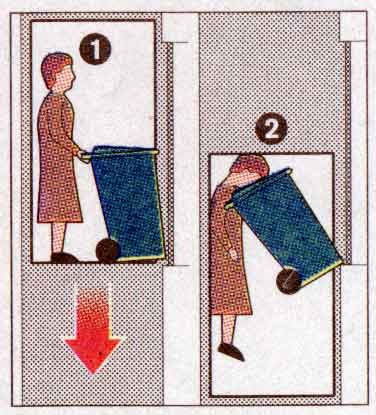Actual questions asked in Microsoft job interviews:
- How are M&Ms made?
- Suppose you had eight billiard balls, and one of them was slightly heavier, but the only way to tell was by putting it on a scale against another. What’s the fewest number of times you’d have to use the scale to find the heavier ball?
- Why do you want to work at Microsoft?
- One train leaves Los Angeles at 15 mph heading for New York. Another train leaves from New York at 20 mph heading for Los Angeles on the same track. If a bird, flying at 25 mph, leaves from Los Angeles at the same time as the train and flies back and forth between the two trains until they collide, how far will the bird have traveled?
- How many gas stations are there in the USA?
- You’ve got someone working for you for seven days and a gold bar to pay them. The gold bar is segmented into seven connected pieces. You must give them a piece of gold at the end of every day. If you are only allowed to make two breaks in the gold bar, how do you pay your worker?
- The interviewer hands you a black pen and says nothing but “This pen is red.”
- Pairs of primes separated by a single number are called prime pairs. Examples are 17 and 19. Prove that the number between a prime pair is always divisible by 6 (assuming both numbers in the pair are greater than 6). Now prove that there are no “prime triples.”
At the end they ask, “What was the hardest question asked of you today?” My answer: “Why do you want to work at Microsoft?”





